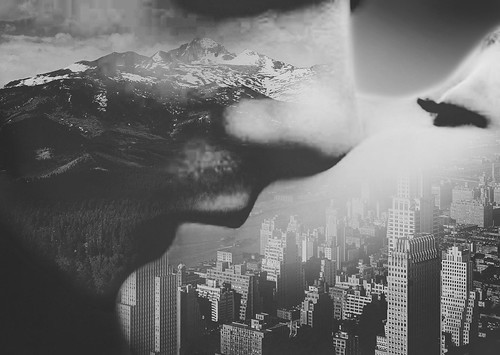For the next three weeks, we will be looking at self-publishing in the photography industry. Today, we took a look at slideshows and multimedia.
Slideshows and Multimedia
Slideshows are used as a sales technique, especially by wedding photographers. The aim is to have our potential clients see the slideshows and like them enough that they want one of their own, so they will therefore hire you. They are often coupled with suitable music, to make the experience greater.
Some things to take into account when looking at creating a slideshow are the formatting and sizes, and publishing platforms.
An early type of image projector was the Magic Lantern, developed in the late 17th century and used to project images from small, rectangular sheets of glass that contained the painted photographic image to be projected. These devices were not replaced until the 1860's. After that came slide projectors, such as the Kodak Carousel.
Slideshows allowed stories to be told, ideas to be expressed. They are used for a range of reasons, including but not limited to entertainment, advertising, promotion, art and education. They can be seen in homes, galleries, online publications, events, and promotions in shops.
Types of Slideshow
There are many types of slideshows. They can include:
- static images, displayed in a sequential order;
- images with transitions, eg. a dissolving effect;
- multimedia slideshows - these can include images, video, sound/music, text, etc.
Things to Consider
Some things to consider when creating your slideshow are:
- Audience: who are you making the slideshow for? What is suitable content for this audience?
- Format and Ratio: what format do you plan on projecting? What is the appropriate ratio?
- Resolution: are your images capable of being projected at such a size?
- Platform: what platform do you intend on using?
It is worth mentioning that projecting panoramas require a different technology to your ordinary projection equipment.
Platforms
There are many platforms you can use to display your slideshow. These include but are not limited to:
- traditional platforms - transparency film onto a light coloured background;
- computer/web slideshows;
- TV/DVD displayed;
- technological platforms - slideshowpro.net, Adobe Lightroom, Apple Aperture, etc.
Tools for Multimedia Slideshows
Tools used for multimedia slideshows may include:
- DSLRs capable of recording images, sound and video - as sound and video might also be a part of your slideshow;
- dedicated sound recorders, for adding authentic sound as a backdrop to your images.
My Attempt
For the purpose of a website, I personally prefer to have a slideshow without music - unless the sound actually adds something to the images. Other than that, I find it highly distracting.
I also found this article rather interesting.













